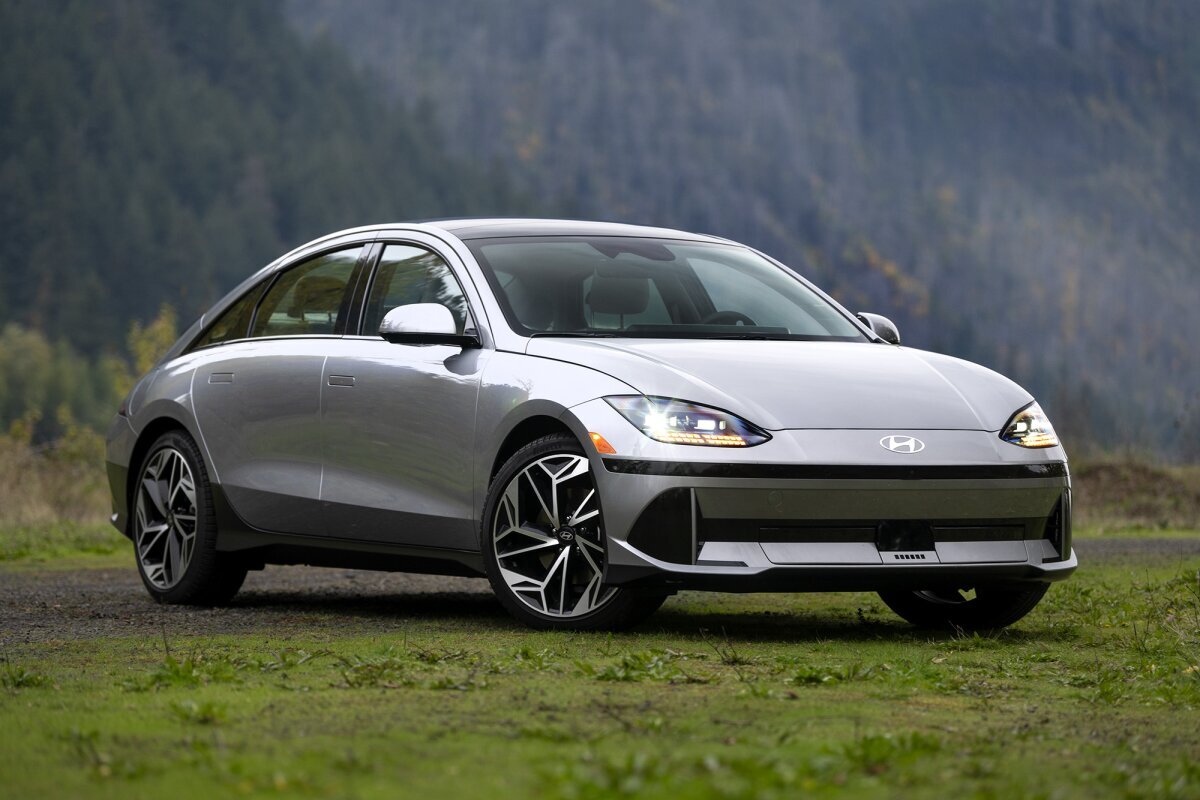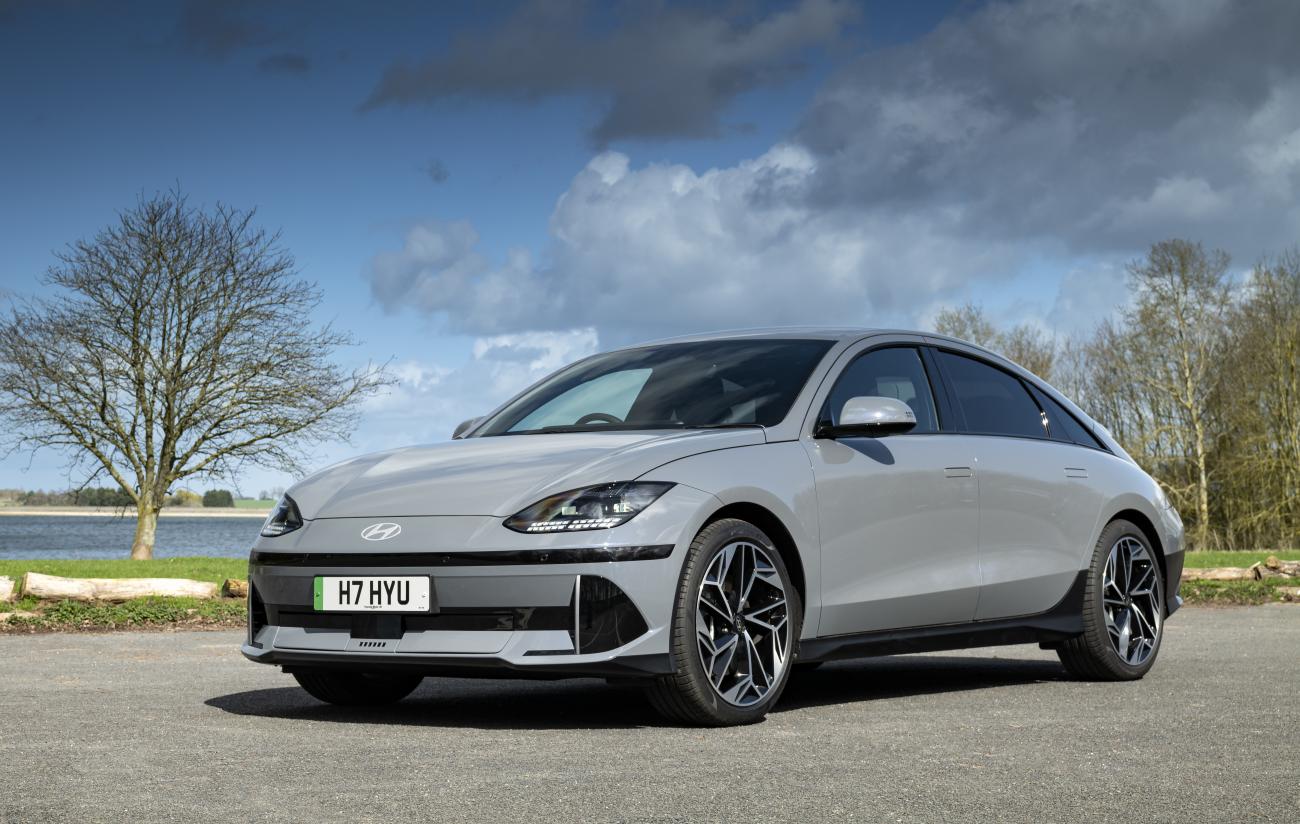Hyundai’s latest electric vehicle may not deliver an exhilarating driving experience, but it offers a range of appealing features.
In the realm of electric cars, excitement tends to take a back seat. It’s a reality that resonates with many, given the inherent lack of character in the digital, on-or-off nature of electric motors, contrasting with the imperfect, analog charm of internal combustion engines.
Car manufacturers acknowledge this challenge, often resorting to impressive performance figures or quirky features to generate interest in their electric vehicles. Tesla, for instance, has successfully captivated audiences with feature-rich infotainment systems and drag strip prowess.

Surprisingly, many Western manufacturers shy away from bold designs for their electric sedans, opting for a more conservative approach. However, Hyundai has taken a different route with the Ioniq 6.
Rather than following a cookie-cutter design reminiscent of the successful Ioniq 5, Hyundai chose to give its electric sedan a distinct appearance.
This decision mirrors the aesthetics of the 2020 Hyundai Prophecy concept, with some adjustments for homologation and cost considerations. Although the wow factor is slightly diminished in the production model, the Ioniq 6 is undeniably eye-catching.
Hyundai’s commitment to infusing a cyberpunk vibe into the Ioniq range is evident in the thoughtful details, such as pixel elements in the taillights and well-designed sensor housings.
The interior, while unconventional compared to other electric vehicles, eschews the trend of minimalist designs. It features proper shortcut buttons for functions like maps and radio, separate from the infotainment system. Notable quirks include the placement of window switches in the center console, a departure from the norm.
The absence of prominent Hyundai branding adds to the uniqueness of the Ioniq 6’s interior, with LED pixels on the steering wheel conveying information about drive mode, charging status, and voice command response. The dual 12.3-inch screens for infotainment and the digital driver’s display contribute to a seamless user experience.
Efficiency is a crucial aspect of electric vehicles, and the Ioniq 6, equipped with a 77.4kWh battery, is claimed to offer a range of 322 miles in the dual-motor version. While real-world testing is pending, an average of 3.3 miles per kilowatt-hour suggests a practical range of around 245 miles.
The dual-motor setup provides a respectable 321bhp and a 5.1-second 0-62mph acceleration time. While it may not compete with high-performance Tesla models, the Ioniq 6 offers the typical instant acceleration thrill associated with electric vehicles.
However, the driving experience beyond acceleration lacks excitement, with numb steering, noticeable acceleration tapering, and a weighty feel.
Despite its less thrilling driving dynamics, the Ioniq 6 excels in providing a serene urban driving experience and a comfortable ride over potholes. The inclusion of adaptive cruise control and other driving aids enhances the experience, making it practical for daily use.
A notable drawback is the digital wing mirrors, which lack depth perception and the natural viewing angles offered by traditional mirrors. Fortunately, the option for conventional mirrors is available.
Priced starting at £47,040 and exceeding £50,000 in the top-spec Ultimate trim, the Ioniq 6 may not be the most affordable option. However, its unique design and thoughtful features set it apart, offering a less conventional alternative to other electric sedans, even if it may not be the most thrilling to drive.

